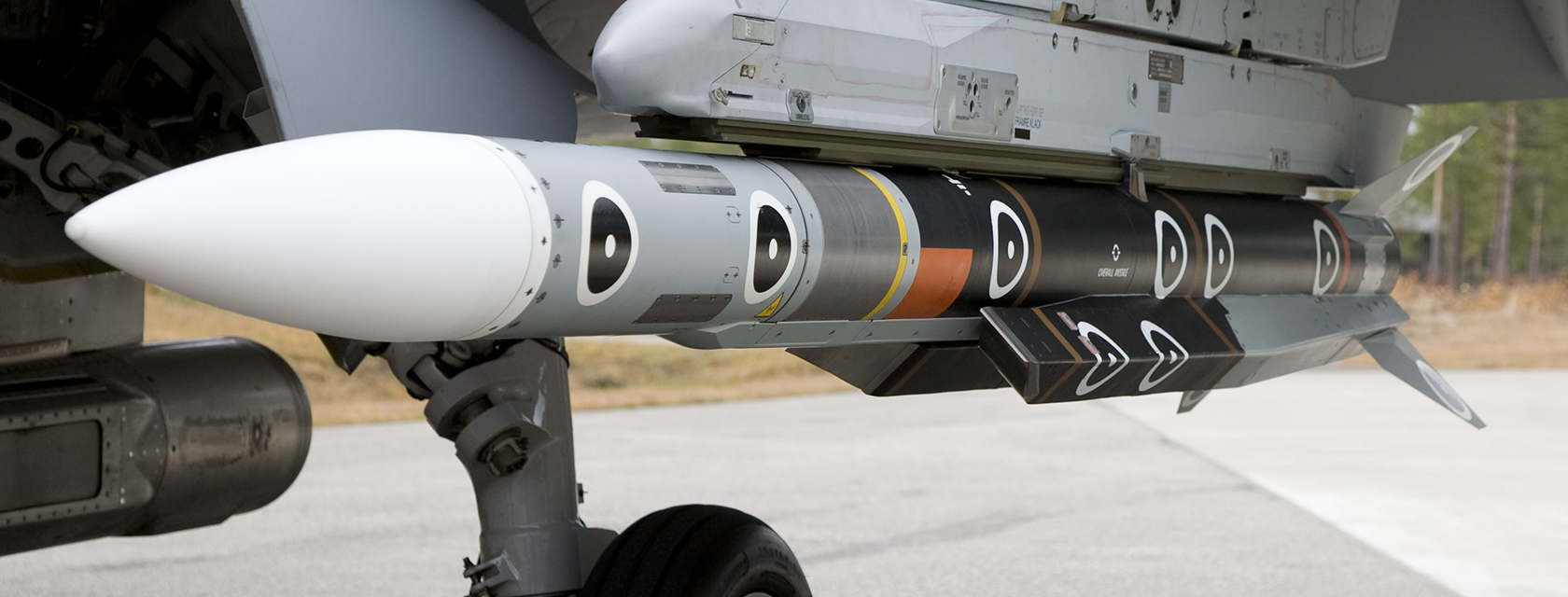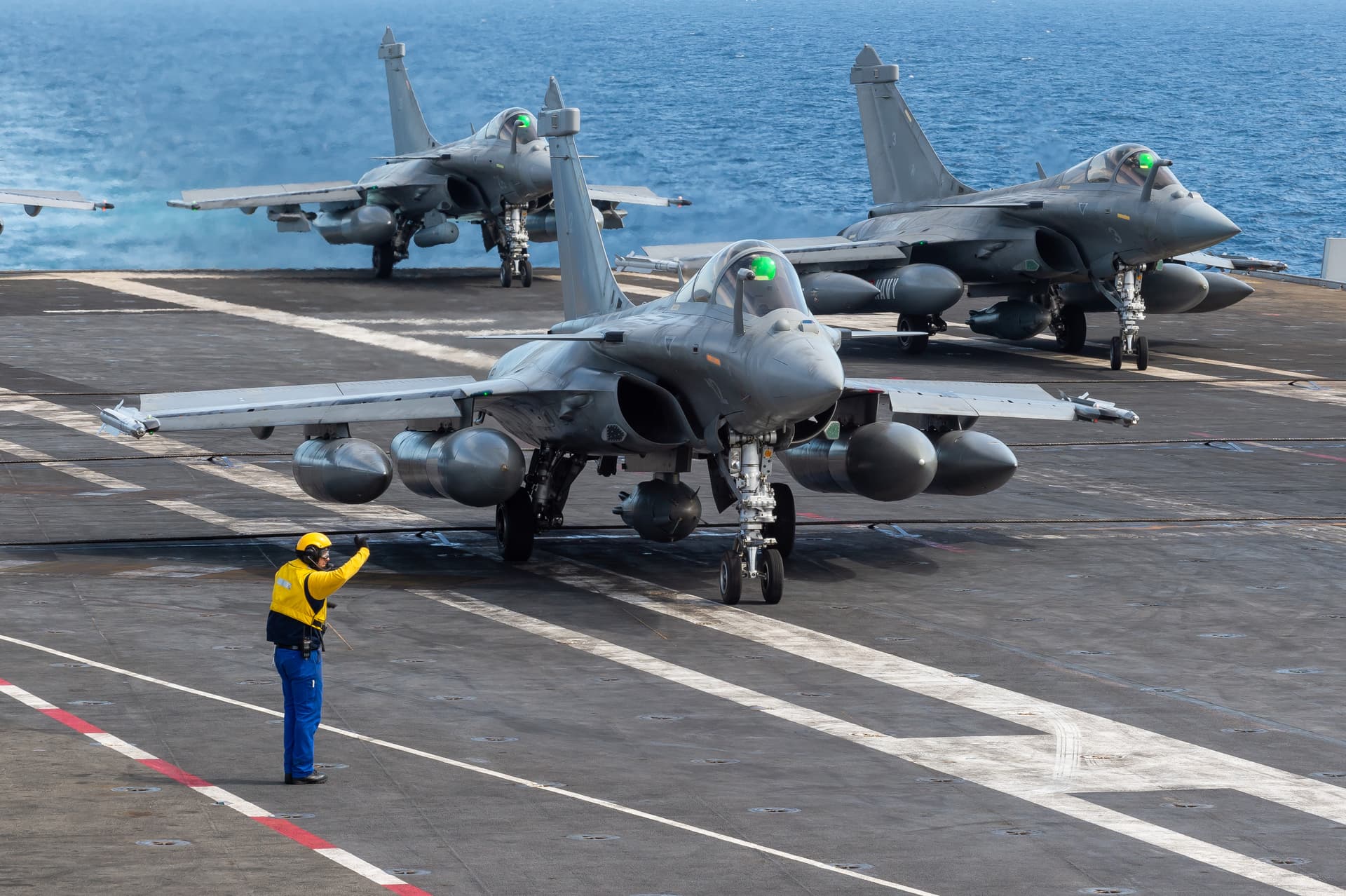Serbia Reportedly Provided “Downgraded” Rafale Fighter Jets
Like Egypt, the French-made Rafale fighter jets set to join Serbia’s fleet will not be equipped with Beyond Visual Range (BVR) air-to-air "Meteor" missiles.
(DEFENCE SECURITY ASIA) – Serbia recently announced its decision to purchase 12 Rafale fighter jets from France, marking a strategic move to strengthen ties with European countries while distancing itself from Russia.
Serbia is spending €2.7 billion (RM12.88 billion) to acquire the Rafale jets developed by Dassault Aviation.
Historically, the Serbian Armed Forces have relied heavily on Russian military equipment, making this the first major procurement of Western weaponry.
However, defense sources in Serbia as reported by defense media, indicated that the country would not receive a full package, particularly regarding air-to-air missiles.
Like Egypt, the Rafale jets set to join Serbia’s fleet will not be equipped with Beyond Visual Range (BVR) air-to-air “Meteor” missiles.

Egypt, which operates 54 Rafale jets, is also barred from acquiring BVR “Meteor” missiles to preserve Israel’s “military advantage.”
In addition to the restrictions on the Meteor missiles, Egypt’s F-16 fighters are similarly limited to using older Soviet-era AIM-7 air-to-air missiles.
These limitations may have influenced Egypt’s recent decision to acquire Chinese-made J-10C fighter jets.
The primary reason given for denying Serbia the “Meteor” missiles is to maintain the military superiority of other European nations, many of which either operate or are in the process of acquiring F-35 fighter jets equipped with AIM-120 AMRAAM missiles.
Military analysts note that the MBDA-developed “Meteor” missiles are superior to the U.S.-made AIM-120 AMRAAM missiles produced by RTX (formerly Raytheon).
Serbia’s Rafale fighters will instead be armed with medium-range MICA missiles, which limits the air defense capability of the Rafale platform, making it one of the weakest in Europe.

The MICA missiles have an effective range of 80 km, compared to the “Meteor,” which can engage targets between 100 km and 200 km.
Without long-range air-to-air missiles like the “Meteor,” Serbia’s Rafales will lack long-range aerial engagement capabilities.
Even Serbia’s remaining MiG-29 fighters are equipped with R-77-1 air-to-air missiles, which have a range of 110 km, exceeding that of the MICA missiles.
Initially, Serbia had planned to procure the MiG-35, which is equipped with an AESA radar and the capability to deploy R-77M air-to-air missiles—considered comparable to the “Meteor”—or the R-37M, which has an even greater range.
However, concerns over potential economic sanctions for purchasing Russian weaponry led Serbia to abandon its plans for the MiG-29/MiG-35 and opt for the Rafale, despite the reported “downgrade” in the French jet’s capabilities.
Serbia’s decision to acquire Rafale fighter jets has sparked significant domestic controversy, rooted in the enduring memory of NATO’s extensive bombing of the country’s civilian infrastructure in the 1990s.


Many view the procurement of Western-made aircraft as futile, should hostilities flare up again, given the historical tensions and scars from that era.
The Serbian government’s desire to strengthen economic ties with the European Union is widely seen as a key factor behind its interest in acquiring Western fighter aircraft, despite the availability of non-Western options that offer uncompromised performance.
This strategic shift reflects a broader push to align with Europe, even at the expense of acquiring downgraded military capabilities. — DSA



Comments are closed.